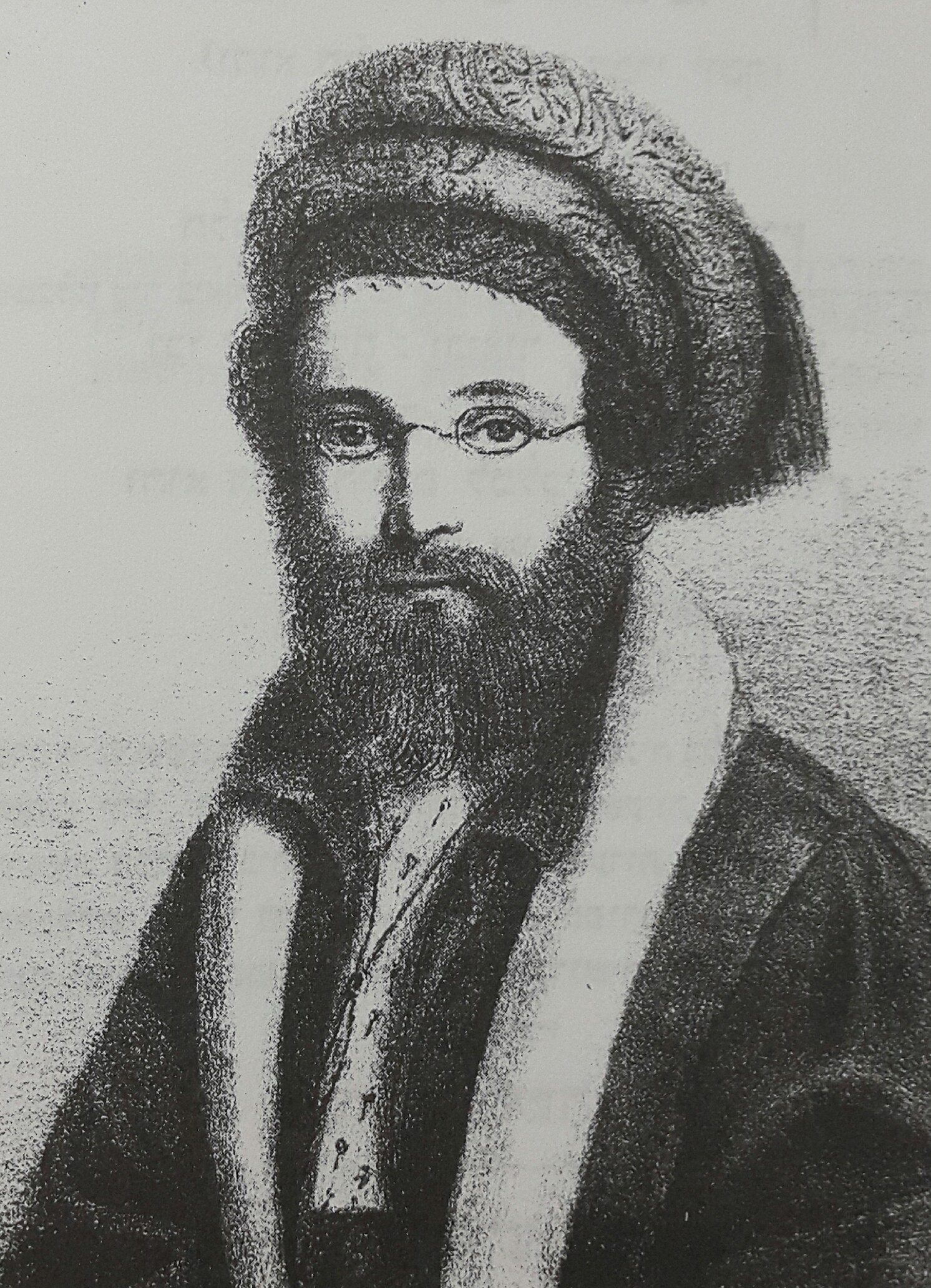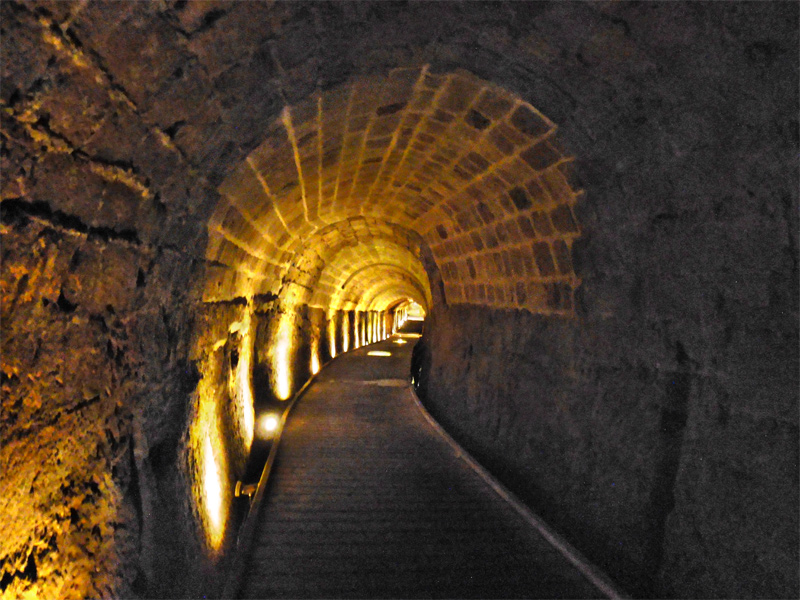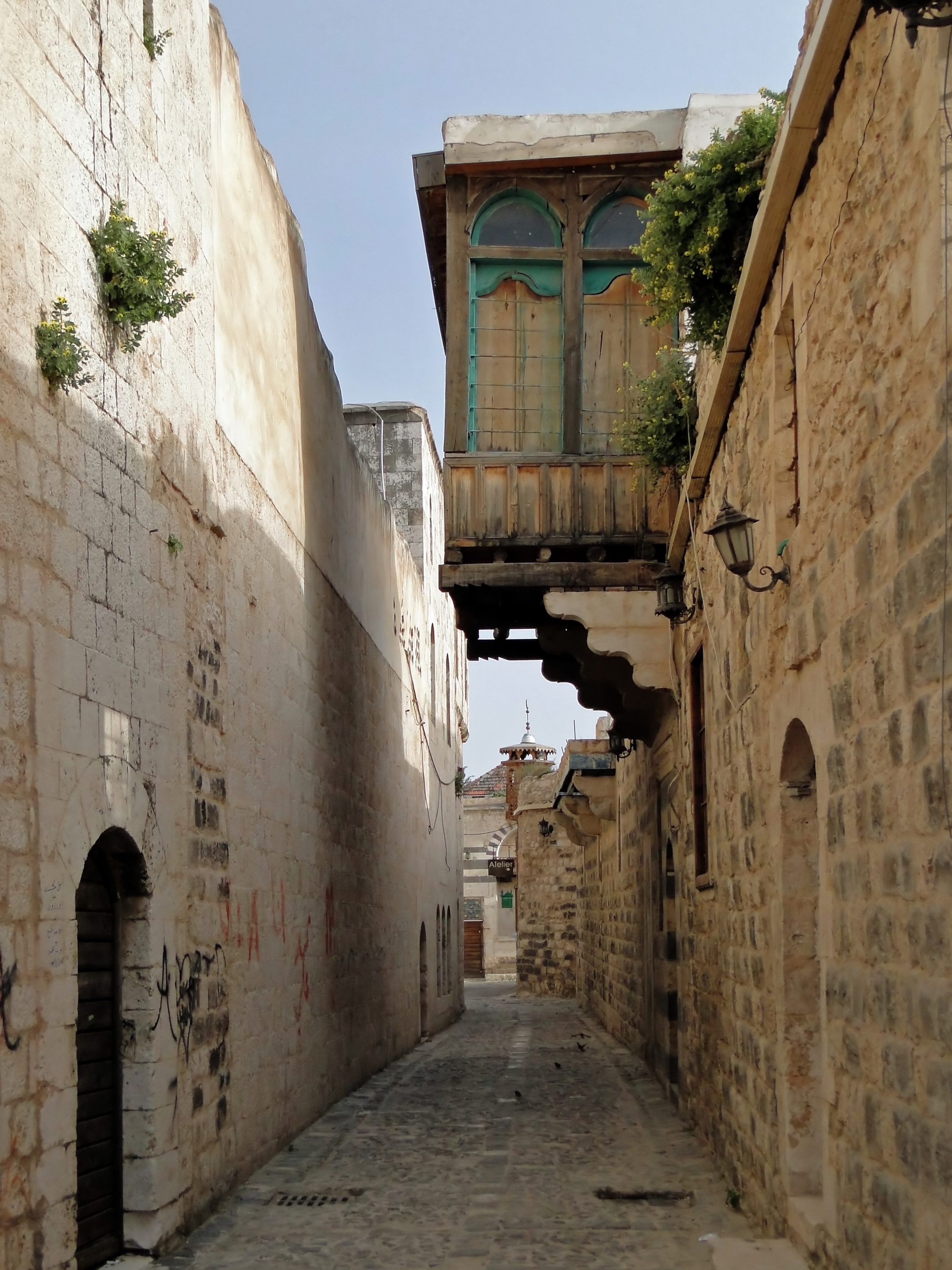|
Halukka
The ''halukka'', also spelled ''haluka'', ''halukkah'' or ''chalukah'' (, meaning ''distribution'') was an organized collection and distribution of charity funds for Jewish residents of the Land of Israel (the Holy Land). General method of operation Sympathizing Jews in a Jewish diaspora, diaspora city or district would form a standing committee, presided over by a ''gabbai'', to supervise collections and to remit funds semiannually to the managers of the ''halukkah'', located in Jerusalem. The ''halukkahs policy was to divide funds equally in thirds: one-third was distributed to yeshiva Talmid Chacham, scholars, one-third was distributed to poor widows and orphans, and for temporary relief to helpless men, and one-third was used to defray Jewish community expenses. The distributions were made semiannually, before the Passover and the Rosh HaShannah, New-Year festivals. The Jerusalem management would send representatives (sing. "''meshulach''", Heb. ; pl. "''meshulachim''", He ... [...More Info...] [...Related Items...] OR: [Wikipedia] [Google] [Baidu] |
Meshulach
A ''meshulach'' (; plural: ''meshulachim''), also known as a ''shaliach'' () or SHaDaR (, acronym for ), was an emissary sent to the Diaspora to raise funds ('' ḥalukka'') for the existence of the Jewish settlement in the Land of Israel. The institution of the Emissaries of the Land of Israel, which began in ancient times, developed and contributed greatly to the connection between Diaspora Judaism and the Jews in the Land of Israel, and to the cultural life of the Jewish communities. Role of the ''meshulach'' Often an individual ''meshulach'' may operate as an independent contractor for several different organizations, taking a portion of the proceeds as profit. Notable ''meshulachim'' * 1441. Esrim ve-Arba‘ah: Europe * 1587. Joseph ben Moses Miṭrani the Elder (or di Ṭrani, 1569–1639): Egypt * 1598–1599. Joseph ben Moses Miṭrani the Elder (or di Ṭrani, 1569–1639): Istanbul (first mission) * 1600. Judah de Leon: Italy * 1600s–1606. Joseph ben Moses Mi� ... [...More Info...] [...Related Items...] OR: [Wikipedia] [Google] [Baidu] |
Land Of Israel
The Land of Israel () is the traditional Jewish name for an area of the Southern Levant. Related biblical, religious and historical English terms include the Land of Canaan, the Promised Land, the Holy Land, and Palestine. The definitions of the limits of this territory vary between passages in the Hebrew Bible, with specific mentions in , , and . Nine times elsewhere in the Bible, the settled land is referred as " from Dan to Beersheba", and three times it is referred as "from the entrance of Hamath unto the brook of Egypt" (, and ). These biblical limits for the land differ from the borders of established historical Israelite and later Jewish kingdoms, including the United Kingdom of Israel, the two kingdoms of Israel (Samaria) and Judah, the Hasmonean kingdom, and the Herodian kingdom. At their heights, these realms ruled lands with similar but not identical boundaries. Jewish religious belief defines the land as where Jewish religious law prevailed and ex ... [...More Info...] [...Related Items...] OR: [Wikipedia] [Google] [Baidu] |
1505–1572
Fifteen or 15 may refer to: *15 (number) *one of the years 15 BC, AD 15, 1915, 2015 Music *Fifteen (band), a punk rock band Albums * ''15'' (Buckcherry album), 2005 * ''15'' (Ani Lorak album), 2007 * ''15'' (Phatfish album), 2008 * ''15'' (Tuki album), 2025 * ''15'' (mixtape), a 2018 mixtape by Bhad Bhabie * ''Fifteen'' (Green River Ordinance album), 2016 * ''Fifteen'' (The Wailin' Jennys album), 2017 * ''Fifteen'', a 2012 album by Colin James Songs * "Fifteen" (song), a 2008 song by Taylor Swift *"Fifteen", a song by Harry Belafonte from the album ''Love Is a Gentle Thing'' *"15", a song by Rilo Kiley from the album ''Under the Blacklight'' *"15", a song by Marilyn Manson from the album ''The High End of Low'' Other media * ''15'' (film), a 2003 Singaporean film * ''Fifteen'' (TV series), international release name of ''Hillside'', a Canadian-American teen drama * "Fifteen" (''Runaways''), an episode of ''Runaways'' *Fifteen (novel), a 1956 juvenile fiction ... [...More Info...] [...Related Items...] OR: [Wikipedia] [Google] [Baidu] |
Acre, Israel
Acre ( ), known in Hebrew as Akko (, ) and in Arabic as Akka (, ), is a List of cities in Israel, city in the coastal plain region of the Northern District (Israel), Northern District of Israel. The city occupies a strategic location, sitting in a natural harbour at the extremity of Haifa Bay on the coast of the Mediterranean's Levantine Sea. In the Village Statistics, 1945, 1945 census Acre's population numbered 12,360; 9,890 Muslims, 2,330 Christians, 50 Jews and 90 classified as "other".Department of Statistics, 1945, p4Government of Palestine, Department of Statistics. ''Village Statistics, April, 1945.'' Quoted in Hadawi, 1970, p40 Acre Prison, Acre's fort was converted into a jail, where members of the Jewish underground were held during their struggle against the Mandate authorities, among them Ze'ev Jabotinsky, Shlomo Ben-Yosef, and Dov Gruner. Gruner and Ben-Yosef were executed there. Other Jewish inmates were freed by members of the Irgun, who Acre Prison break, brok ... [...More Info...] [...Related Items...] OR: [Wikipedia] [Google] [Baidu] |
Paris
Paris () is the Capital city, capital and List of communes in France with over 20,000 inhabitants, largest city of France. With an estimated population of 2,048,472 residents in January 2025 in an area of more than , Paris is the List of cities in the European Union by population within city limits, fourth-most populous city in the European Union and the List of cities proper by population density, 30th most densely populated city in the world in 2022. Since the 17th century, Paris has been one of the world's major centres of finance, diplomacy, commerce, culture, Fashion capital, fashion, and gastronomy. Because of its leading role in the French art, arts and Science and technology in France, sciences and its early adoption of extensive street lighting, Paris became known as the City of Light in the 19th century. The City of Paris is the centre of the Île-de-France region, or Paris Region, with an official estimated population of 12,271,794 inhabitants in January 2023, or ... [...More Info...] [...Related Items...] OR: [Wikipedia] [Google] [Baidu] |
Yechiel Of Paris
Yechiel ben Joseph of Paris or Jehiel of Paris, called Sire Vives in French ( Judeo-French: ) and Vivus Meldensis ("Vives of Meaux") in Latin, was a major Talmudic scholar and Tosafist from northern France, father-in-law of Isaac ben Joseph of Corbeil. He was a disciple of Rabbi Judah Messer Leon, and succeeded him in 1225 as head of the Yeshiva of Paris, which then boasted some 300 students; his best known student was Meir of Rothenburg. He is the author of many Tosafot. Disputation of Paris Yechiel of Paris is best known as the main defender of Judaism in the 1240 Disputation of Paris held at the court of Louis IX, where he argued against the convert Nicholas Donin. This was the first formal Christian–Jewish disputation held in medieval Christendom. In defence of accusations of slanderous quotes in the Talmud against the founder of Christianity, Yechiel argued that the references to Yeshu in fact refer to different individuals. Yechiel delineates them as Jesus himself ... [...More Info...] [...Related Items...] OR: [Wikipedia] [Google] [Baidu] |
Babylon
Babylon ( ) was an ancient city located on the lower Euphrates river in southern Mesopotamia, within modern-day Hillah, Iraq, about south of modern-day Baghdad. Babylon functioned as the main cultural and political centre of the Akkadian-speaking region of Babylonia. Its rulers established two important empires in antiquity, the 19th–16th century BC Old Babylonian Empire, and the 7th–6th century BC Neo-Babylonian Empire. Babylon was also used as a regional capital of other empires, such as the Achaemenid Empire. Babylon was one of the most important urban centres of the ancient Near East, until its decline during the Hellenistic period. Nearby ancient sites are Kish, Borsippa, Dilbat, and Kutha. The earliest known mention of Babylon as a small town appears on a clay tablet from the reign of Shar-Kali-Sharri (2217–2193 BC), of the Akkadian Empire. Babylon was merely a religious and cultural centre at this point and neither an independent state nor a large city, s ... [...More Info...] [...Related Items...] OR: [Wikipedia] [Google] [Baidu] |
Hama Ben Ada
Hama ( ', ) is a city on the banks of the Orontes River in west-central Syria. It is located north of Damascus and north of Homs. It is the provincial capital of the Hama Governorate. With a population of 996,000 (2023 census), Hama is one of the four largest cities in Syria, with Damascus, Aleppo and Homs, Also notably being the only Governorate with no land borders with any foreign countries, Hama is also known for its Cheese-making tradition, notably reflected in a signature local dessert Halawet el Jibn. The city is renowned for its seventeen norias used for watering the gardens, Which are claimed to date back to 1100 BC. Though historically used for irrigation, the norias today are purely for show for the local population. History The ancient settlement of Hamath was occupied from the early Neolithic to the Iron Age. Neolithic The stratigraphy is very generalized, which makes detailed comparison to other sites difficult. Level M ( thick) contained both white ware (li ... [...More Info...] [...Related Items...] OR: [Wikipedia] [Google] [Baidu] |
Common Era
Common Era (CE) and Before the Common Era (BCE) are year notations for the Gregorian calendar (and its predecessor, the Julian calendar), the world's most widely used calendar era. Common Era and Before the Common Era are alternatives to the original Anno Domini (AD) and Before Christ (BC) notations used for the same calendar era. The two notation systems are numerically equivalent: " CE" and "AD " each describe the current year; "400 BCE" and "400 BC" are the same year. The expression can be traced back to 1615, when it first appears in a book by Johannes Kepler as the (), and to 1635 in English as " Vulgar Era". The term "Common Era" can be found in English as early as 1708, and became more widely used in the mid-19th century by Jewish religious scholars. Since the late 20th century, BCE and CE have become popular in academic and scientific publications on the grounds that BCE and CE are religiously neutral terms. They have been promoted as more sensitive to non-Christia ... [...More Info...] [...Related Items...] OR: [Wikipedia] [Google] [Baidu] |
Amoraim
''Amoraim'' ( , singular ''Amora'' ; "those who say" or "those who speak over the people", or "spokesmen") refers to Jewish scholars of the period from about 200 to 500 CE, who "said" or "told over" the teachings of the Oral Torah. They were primarily located in Babylonia and the Land of Israel. Their legal discussions and debates were eventually codified in the Gemara. The ''Amoraim'' followed the '' Tannaim'' in the sequence of ancient Jewish scholars. The ''Tannaim'' were direct transmitters of uncodified oral tradition; the ''Amoraim'' expounded upon and clarified the oral law after its initial codification. The Amoraic era The first Babylonian ''Amoraim'' were Abba Arikha, respectfully referred to as ''Rav'', and his contemporary and frequent debate partner, Shmuel. Among the earliest ''Amoraim'' in Israel were Johanan bar Nappaha and Shimon ben Lakish. Traditionally, the Amoraic period is reckoned as seven or eight generations (depending on where one begins and en ... [...More Info...] [...Related Items...] OR: [Wikipedia] [Google] [Baidu] |
Eretz Israel
The Land of Israel () is the traditional Jewish name for an area of the Southern Levant. Related biblical, religious and historical English terms include the Land of Canaan, the Promised Land, the Holy Land, and Palestine. The definitions of the limits of this territory vary between passages in the Hebrew Bible, with specific mentions in , , and . Nine times elsewhere in the Bible, the settled land is referred as " from Dan to Beersheba", and three times it is referred as "from the entrance of Hamath unto the brook of Egypt" (, and ). These biblical limits for the land differ from the borders of established historical Israelite and later Jewish kingdoms, including the United Kingdom of Israel, the two kingdoms of Israel (Samaria) and Judah, the Hasmonean kingdom, and the Herodian kingdom. At their heights, these realms ruled lands with similar but not identical boundaries. Jewish religious belief defines the land as where Jewish religious law prevailed and excludes ... [...More Info...] [...Related Items...] OR: [Wikipedia] [Google] [Baidu] |
Jewish
Jews (, , ), or the Jewish people, are an ethnoreligious group and nation, originating from the Israelites of History of ancient Israel and Judah, ancient Israel and Judah. They also traditionally adhere to Judaism. Jewish ethnicity, religion, and community are highly interrelated, as Judaism is their ethnic religion, though it is not practiced by all ethnic Jews. Despite this, religious Jews regard Gerim, converts to Judaism as members of the Jewish nation, pursuant to the Conversion to Judaism, long-standing conversion process. The Israelites emerged from the pre-existing Canaanite peoples to establish Kingdom of Israel (Samaria), Israel and Kingdom of Judah, Judah in the Southern Levant during the Iron Age.John Day (Old Testament scholar), John Day (2005), ''In Search of Pre-Exilic Israel'', Bloomsbury Publishing, pp. 47.5 [48] 'In this sense, the emergence of ancient Israel is viewed not as the cause of the demise of Canaanite culture but as its upshot'. Originally, J ... [...More Info...] [...Related Items...] OR: [Wikipedia] [Google] [Baidu] |








